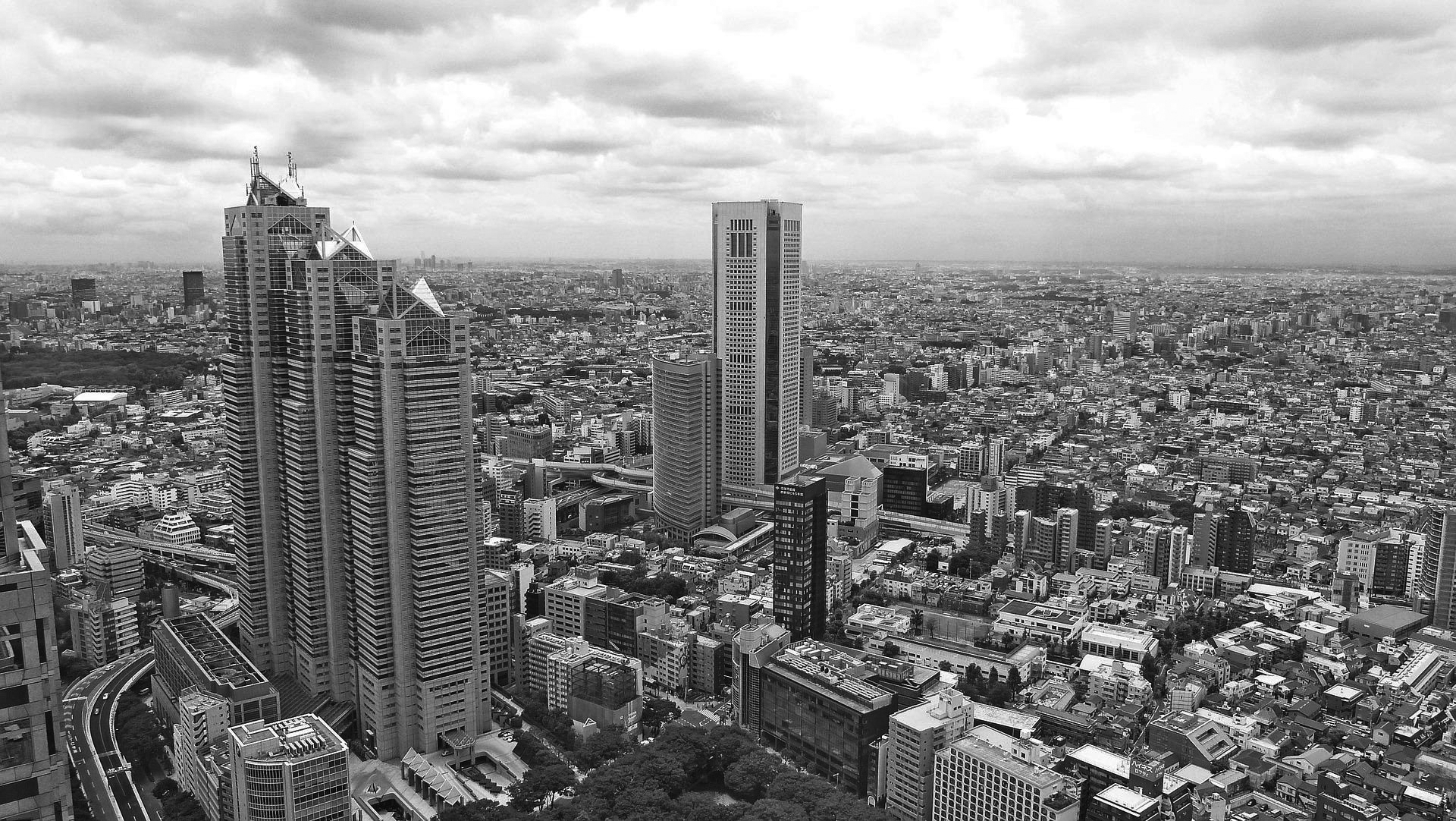It’s gaining momentum and the future pipeline is likely to raise the top prices equivalent to those seen in Manhattan and London.
Originally published June 14, 2022.
Tokyo’s ultra-luxury residential market has continued to grow on the back of the redevelopment seen in the city. Tokyo has seen a slate of large redevelopment projects over the past few years which have added new landmarks and improved city infrastructure. Over the next decade, more projects are in store and will continue to reshape the city’s physical and economic landscapes.
The ultra-luxury residential segment is expected to evolve further while Tokyo is undergoing this transformation. While the market is still considered a niche one, it is expanding. Indeed, before the pandemic, the total number of ultra-luxury units was around 50, but this figure has been steadily increasing. This could be primarily attributed to the mega-sized developments in areas such as Toranomon and Azabudai. Moreover, with the ambiguity about the office sector’s prospects, it is also a possibility that some space originally planned for offices in new mixed-use towers will instead be sold as ultra-luxury residential units.
Japan is home to one of the largest ultra-high-net-worth individual (UHNWI, Individuals with over US$30m in net worth. ) populations, which provides a strong demand base for the ultra-luxury market. Furthermore, overseas investors perceive the country as a suitable avenue for wealth mainly due to its economic and social stability, which has been especially attractive attributes during the pandemic. Although the world is gradually shifting towards normalcy from the pandemic, rising geopolitical tensions will likely lead to continued uncertainty. In addition, Japan has steadily evolved into a luxury travel destination, and this could also be a tailwind for the progress of the ultra-luxury market.
New developments
Tokyo has seen a few additions of luxury condominium towers in the past few years that can house ultra-luxury units, many of which are centred around Minato. The most recent one is Toranomon Hills Residential Tower, which opened in early 2022. This property is rumoured to house a unit priced at JPY10 billion – the most expensive condominium unit in Japan.
In 2023, the highly anticipated Toranomon-Azabudai project is expected to further propel the growth of the ultra-luxury residential market in Minato with plans to introduce 1,400 residential units in its two main residential towers. Furthermore, the main 330-metre tower of the project will house 91 hotel-branded residences affiliated with Aman on its top floors. The most expensive unit is rumoured to be on the market for JPY20 billion – easily exceeding the most expensive unit recorded to date. Comprehensive developments like these have the necessary infrastructure and amenities prepared to ensure that high unit prices can be targeted. This small district appears to keep setting new records for Japan’s most expensive residential unit.
There are some developments outside of Minato as well. For instance, MARQ Omotesando One, which was developed by BPEA Real Estate, is in Shibuya and was completed in November 2021. However, while the site’s proximity to Harajuku, Shibuya, and Omotesando can be attractive, the neighbourhood is not typically considered to be a luxury residential area. Additionally, in 2020, the Kita was also built near Kitasando, an area slightly north of Harajuku. By the Kita, Park Court Jingu Kitasando The Tower is also under construction and slated for completion in 2023.
Outlook
Overall, there is a growing amount of evidence that there is demand for ultra-luxury residences in Japan, and this has helped the ultra-luxury residential market grow at a rapid pace. Some of the large-scale mixed-use projects in the pipeline are expected to add more units in this category, which should expand the market size and push top prices even higher. While many of these developments are still concentrated in Minato, there are some examples outside of the ward.
The high concentration of ultra-wealthy people in Tokyo and the stability of Japan’s long-term prospects make it attractive to overseas buyers, and are factors that support the growth of this sector. Although Japan has its own issues such as an ageing population, they remain manageable overall. Japan’s rich culture is another attractive attribute, and the growth of the luxury hotel market should serve as a tailwind for the ultra-luxury residential sector.
Going forward, the market is likely to keep growing as Tokyo continues to transform through redevelopment. Presently, the two major developers leading the ultra-luxury sector are Mori Building and Mitsui Fudosan. However, as the market matures and a proof of concept has been established for the sector, the market should become more diverse with more players and products, eventually leading to Tokyo becoming an established market. Furthermore, as the world faces stiff headwinds of uncertainty, Tokyo may further gain popularity as a place to preserve wealth.








